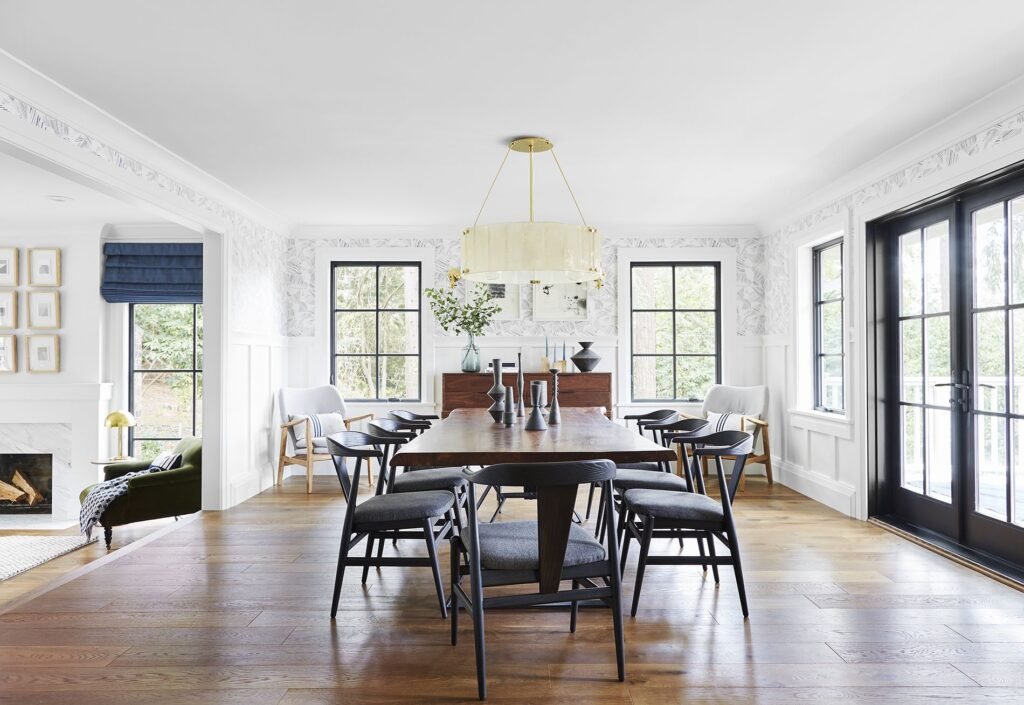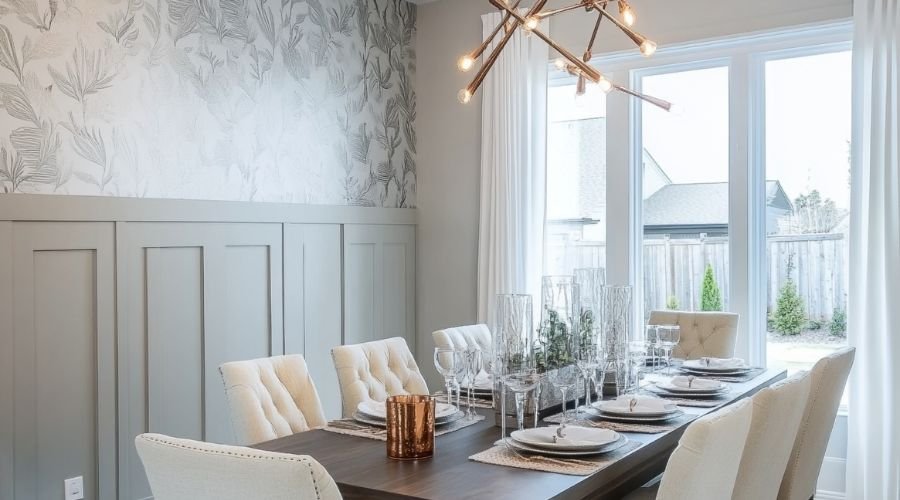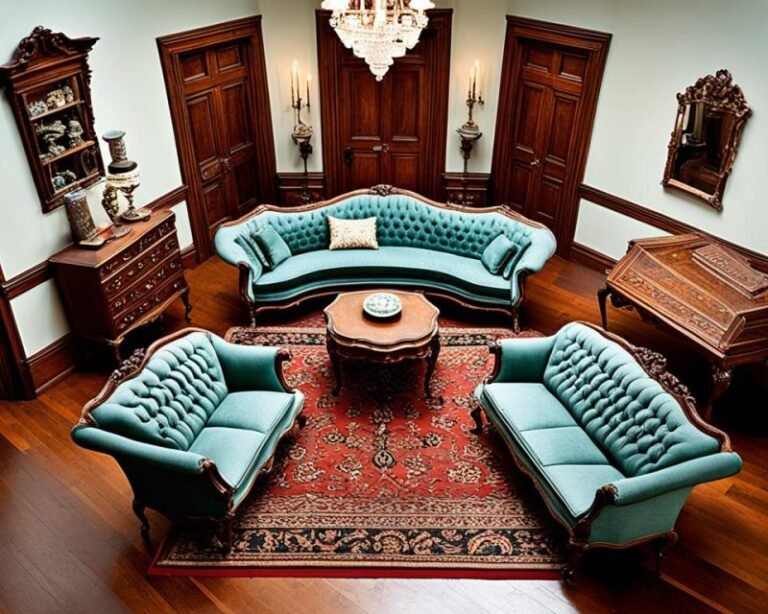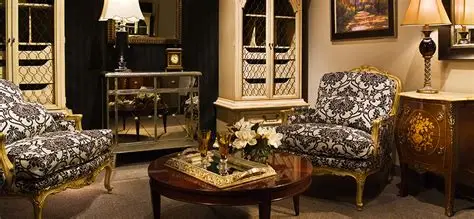
How to Decorate Dining Spaces
Decorating dining spaces is all about balancing style, comfort, and practicality to create a welcoming atmosphere where people can gather and enjoy meals. Whether you have a compact breakfast nook or a spacious formal dining room, thoughtful decoration enhances both aesthetics and functionality. Here’s a comprehensive guide on how to decorate dining spaces that feel inviting and reflect your personal taste.
Choose the Right Dining Table and Chairs
The dining table is the centerpiece of any dining space, so selecting the right style and size is essential.
- Size: Ensure the table fits your space comfortably, allowing enough room for chairs and movement. A good rule is to leave at least 36 inches between the table edge and walls or other furniture.
- Shape: Round or oval tables work well for smaller or more intimate spaces, while rectangular or square tables suit larger rooms.
- Material: Wood adds warmth and tradition, glass offers a modern touch, and metal brings industrial flair. Choose materials that complement your existing decor.
- Chairs: Opt for comfortable seating with supportive backs. Mixing and matching chair styles can add visual interest and personality.
Use Lighting to Set the Mood
Lighting is key to creating ambiance and highlighting your dining area.
- Overhead Fixtures: A chandelier or pendant light centered above the table adds drama and focus. Ensure it hangs about 30 to 36 inches above the table surface for optimal lighting.
- Layered Lighting: Combine overhead lighting with wall sconces or floor lamps to provide adjustable brightness.
- Natural Light: Maximize daylight with sheer curtains or blinds that can be opened fully, enhancing the space’s warmth and openness.
Incorporate Color and Textiles
Colors and textiles influence the mood and style of your dining space.
- Wall Colors: Soft neutrals create a calm backdrop, while bold hues like deep blues or rich greens add sophistication. Accent walls or wallpaper with subtle patterns can inject character.
- Rugs: Placing an area rug under the dining table anchors the space and adds texture. Choose rugs that are easy to clean and large enough so chairs remain on the rug when pulled out.
- Curtains and Upholstery: Coordinating fabrics on chairs and window treatments bring cohesion and comfort.

Add Decorative Elements
Personal touches complete your dining space and make it inviting.
- Centerpieces: Fresh flowers, candles, or a bowl of seasonal fruit add life and interest to the table. Keep centerpieces low-profile to avoid blocking conversation.
- Artwork: Hanging art that complements your style and color scheme adds personality and depth to the walls.
- Shelving and Storage: Display beautiful dishware, glassware, or collectibles on open shelves or in cabinets. Functional storage keeps the area tidy.
Optimize Layout and Flow
A well-planned layout enhances comfort and usability.
- Leave enough space for guests to move around without bumping into furniture.
- Consider traffic patterns to ensure easy access to the dining area from the kitchen or living room.
- If space is tight, use benches or banquettes to maximize seating without crowding.
Final Thoughts
Decorating dining spaces requires a thoughtful mix of furniture, lighting, color, and personal touches. By selecting the right table and chairs, layering your lighting, adding warm textiles, and including meaningful decor, you create an inviting environment perfect for meals and gatherings. Whether your dining area is large or small, these tips help you craft a space that’s both beautiful and functional, making every meal feel special.







